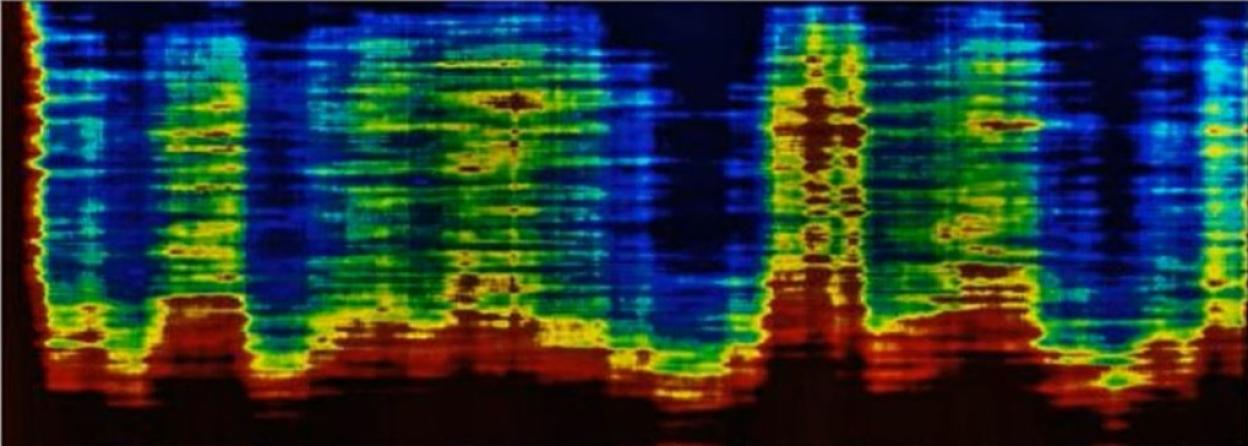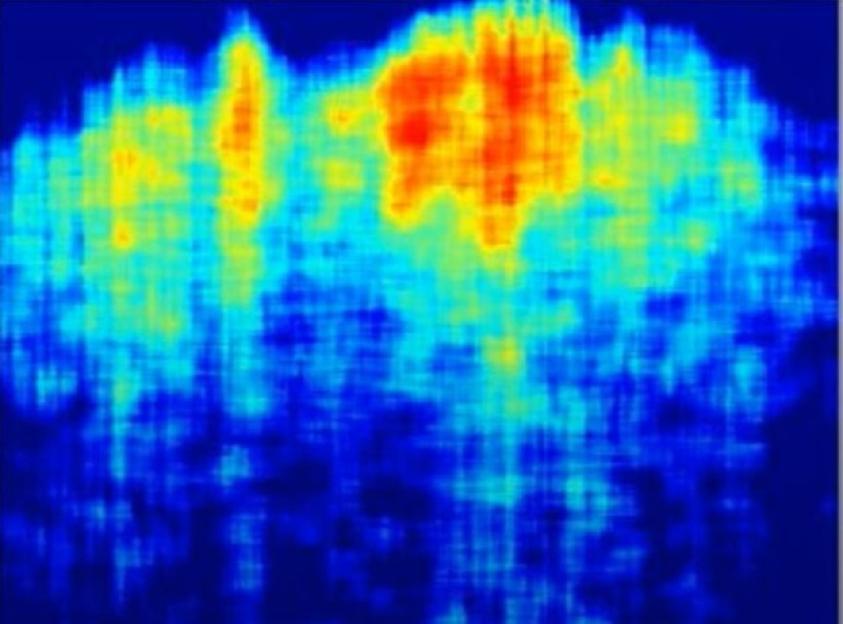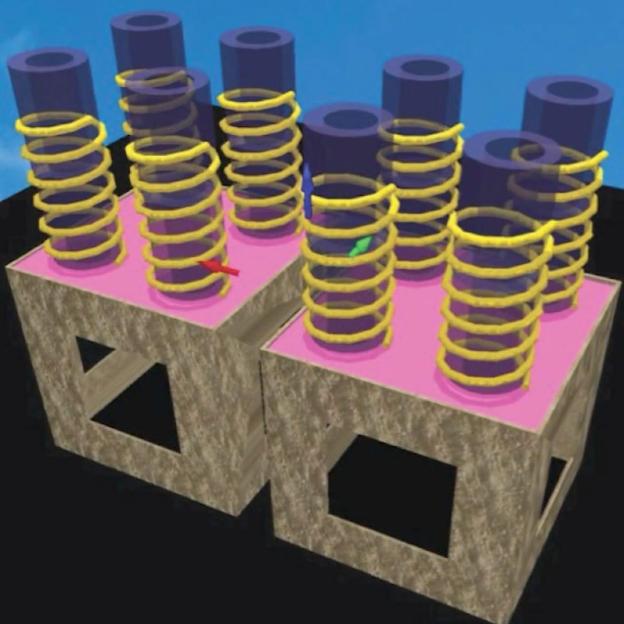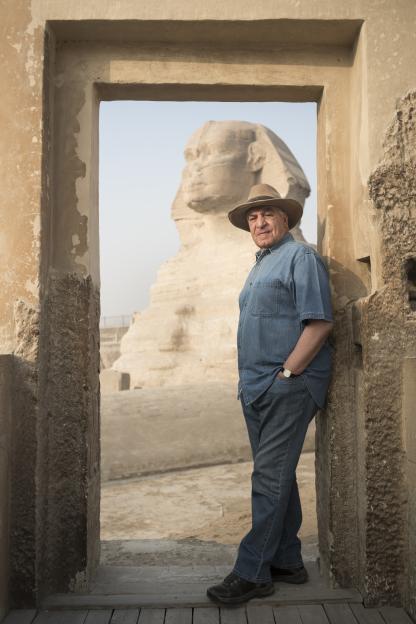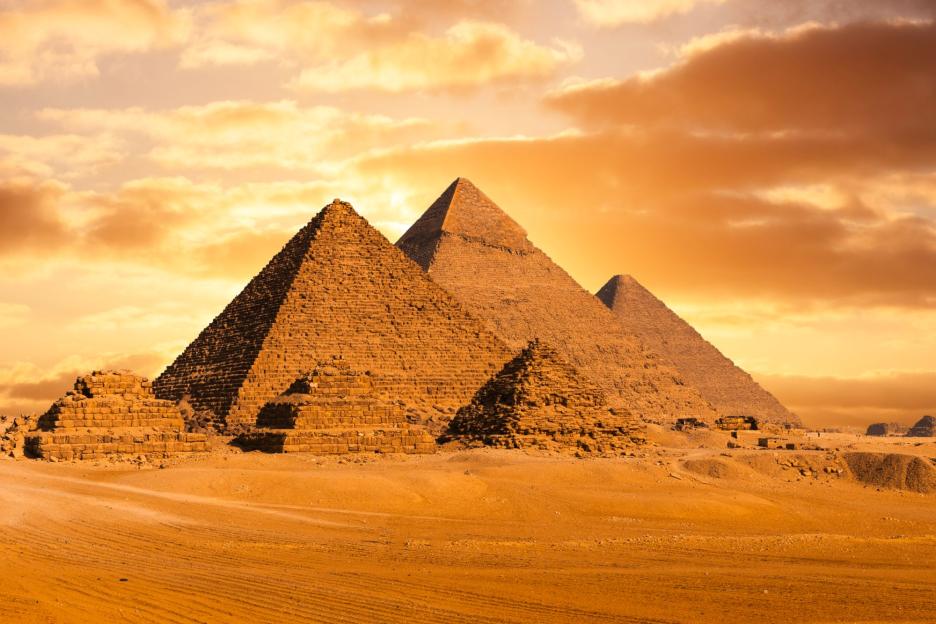THE bombshell study that claims to have found an ancient city underneath the pyramids in Egypt has sparked a war among experts.
Researchers claimed to have made the “groundbreaking” discovery after using Synthetic Aperture Radar technology to explore what lies below thePyramids of Giza.
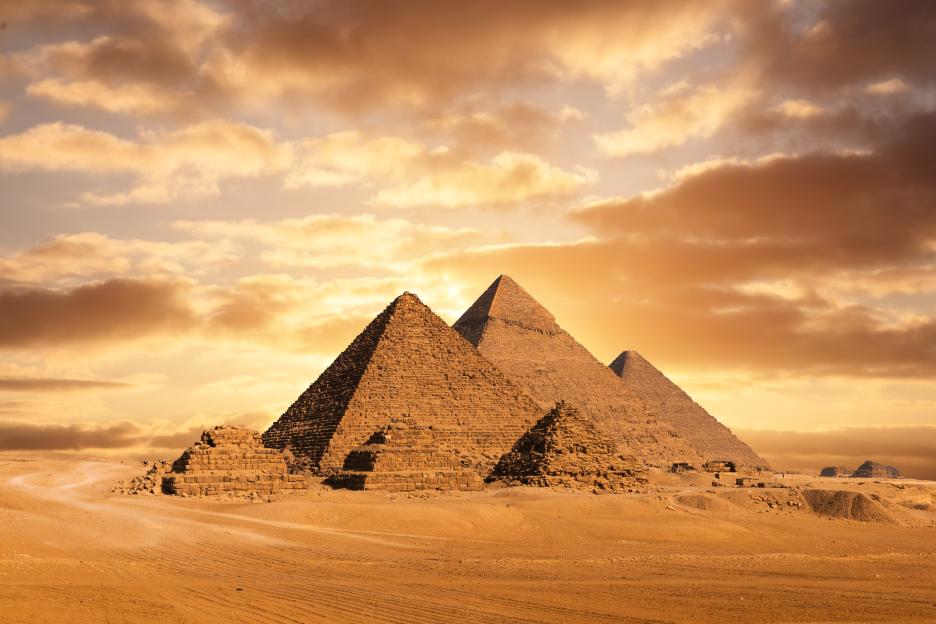
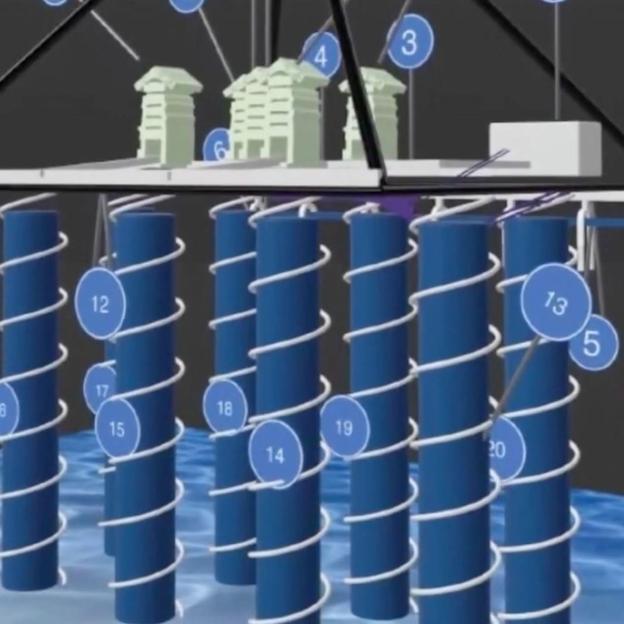
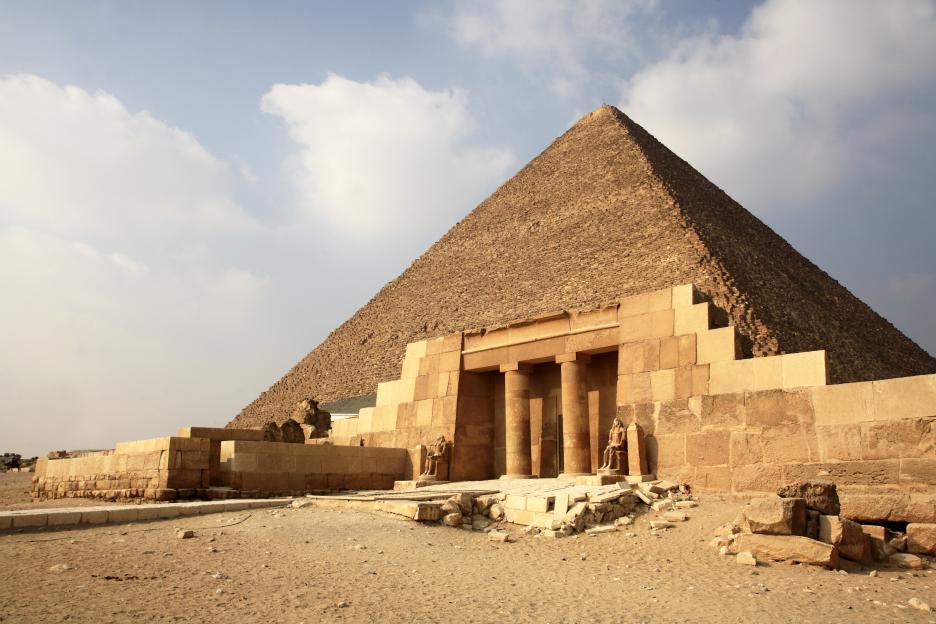
As well as a “a vast underground city”spanning over a mile, and a maze of structures linked with corridors, the scientists also claimed that they may have found evidence of a water system.
At a press conference, the team said they believe there is “an entire hidden world of many structures”.
But, as they hail the archaeological find as something that “could redefine our understanding of the sacred topography of ancient Egypt“, fellow researchers have dismissed the study.
One of the world's top Egyptologists slammed the claim of finding an ancient city as “fake news”.
The group behind the Khafre Project used radar pulses from a satellite to create images from deep underground to reveal what may lie there.
“When we magnify the images [in the future], we will reveal that beneath it lies what can only be described as a true underground city,” the team said.
It is the same technology used to determine the depths of the ocean.
But, Dr Zahi Hawass told The National that the researchers were “completely wrong” claiming that their so-called discovery is not rooted in science.
“The claim of using radar inside the pyramid is false, and the techniques employed are neither scientifically approved nor validated,” he said.
The findings by Professor Corrado Malanga, from Italy‘s University of Pisa, and Filippo Biondi with the University of Strathclyde in Scotland are still waiting to be peer-reviewed by independent scientists.
Professor Lawrence Conyers who works at the University of Denver, specialising in radar andarchaeology, also critiqued the study.
He told theDaily Mailthat radar pulses could not possibly detect what is that far underground.
The expert called the claims that researchers found a vast city underneath the pyramids“a huge exaggeration”.
However, he said there may be smaller structures like shafts and chambers, highlighting how the site would have been “special to ancient people”
What did the scientists claim to have found?
The researchers claim that directly under the Khafre Pyramid are five structures.
They are believed to be connected by corridors.
From there are what look like eight pillar-like structures with spiral staircases or pipes.
These pillars plummet to a depth of over 2,000 feet with some feeding directly into cube structures which they say could be an ancient water system.
The ancient city is reportedly 3,937 feet below base of pyramid and below that they believe there are more unknown structures that could link to Egyptian lore of the Hall of Records.
Other researchers brought the reputation of the leader of the project, Professor Malanga into question.
He has long been interested in UFO and alien abductions as well as the “Giza power plant” theory – all fringe ideas that have largely been written off by experts as unsubstantiated conspiracy.
The use of AI to create some of the images that accompany the research has also been criticised.
But, Professor Malanga, insists that there more secrets to be revealed from underneath one of the wonders of the world.
He said at the press conference: “Until yesterday, Egyptologists said there was nothing, that is is an empty mountain of stones, but there are a lot of things”.
The professor added that the team used two satellites to carry out the study, to rule out any possibility of “misinterpretation”, noting that the results from the two were “completely consistent”.
His team are reportedly keen to excavate the area to further explore what is below the pyramids, but securing approval from the authorities is incredibly tough.
